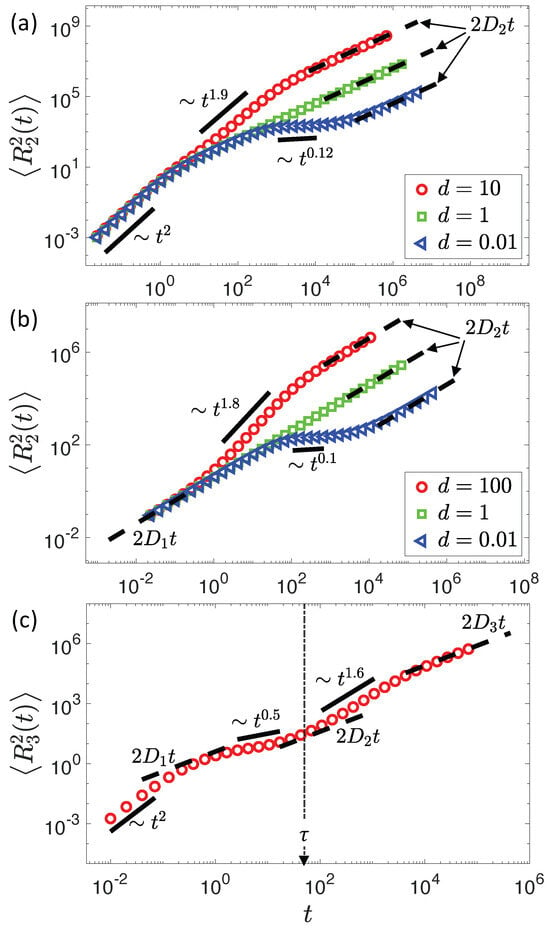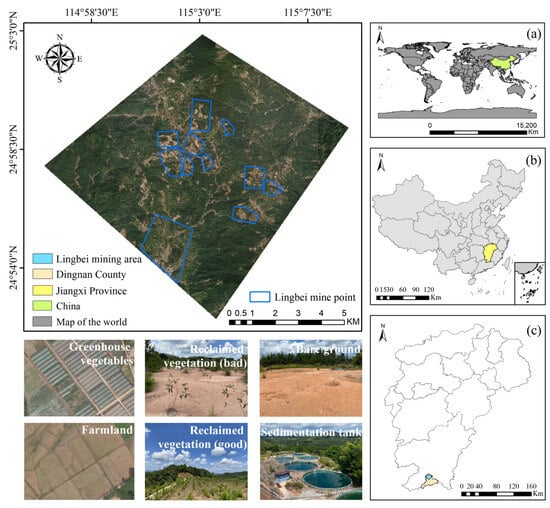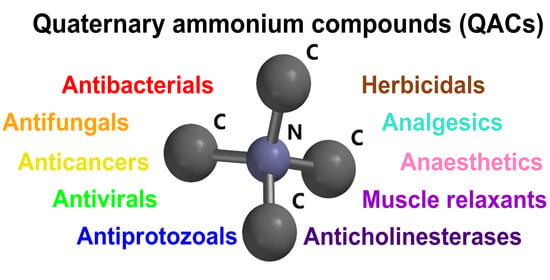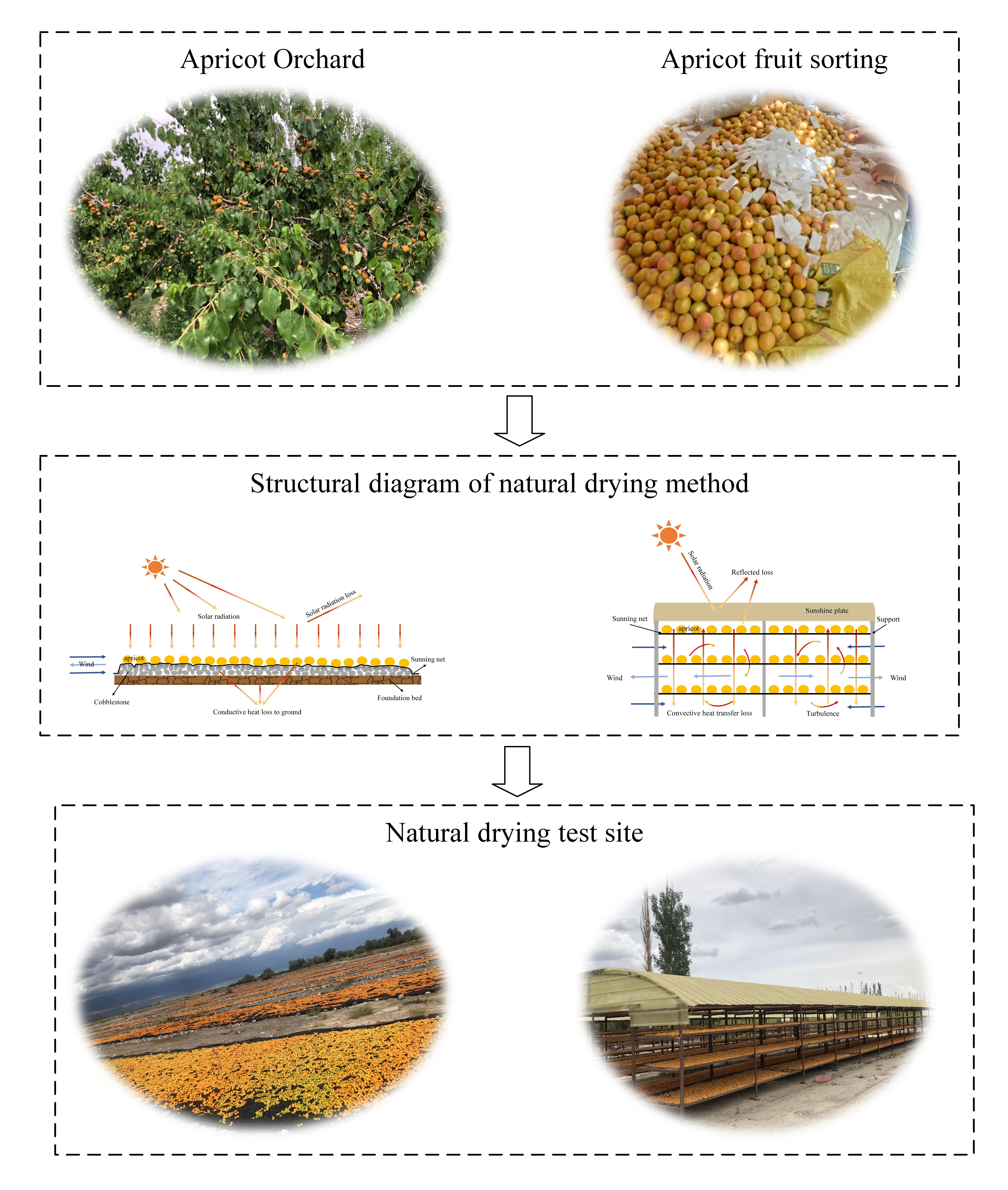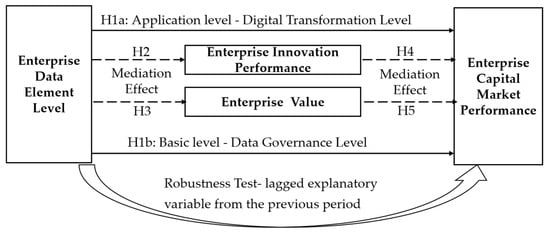Drying is one of the best methods to preserve the quality of fresh fruits and prolong their shelf life. This study focuses on
Prunus armeniaca L. cv. ‘Diaogan’ (commonly known as
Diaogan apricot) sourced from Xinjiang, China to explore the impact of two natural drying methods (shade drying and open-air drying in the rocky desert) on the drying kinetics, color, textural characteristics, microstructure, chemical properties, and antioxidant capacity of
Diaogan apricots. The experimental results indicate that throughout the natural drying process, the time required for open-air drying in the rocky desert was reduced by 26.47% compared to shade drying. The
L*,
a*, and
b* values of the shade- and ventilation-dried
Diaogan apricots were higher than those sun-dried in the rocky desert, exhibiting a lower color difference (Δ
E) than apricots dried through rocky desert sun drying. Specifically, the ΔE for shade-dried
Diaogan apricots was 19.66 ± 0.24. The
Diaogan apricots dried in the rocky desert exhibited greater hardness, lower elasticity, stronger adhesiveness, and higher chewiness compared to those dried in the shade, with the hardness, adhesiveness, and chewiness being, respectively, 14.71%, 18.89%, and 35.79% higher. Scanning electron microscopy (SEM) observations revealed that the high temperatures experienced during open-air drying in the rocky desert caused rapid dehydration of the
Diaogan apricot’s skin, leading to clogging and crust formation in the flesh pores, along with deformation or tearing of the tissue structure, ultimately resulting in poor rehydration ability. After drying, there was a significant increase in the soluble solids in the
Diaogan apricots, whereas titratable acidity, total phenols, ascorbic acid, and antioxidant capacity were significantly decreased (
p < 0.05). In summary, the quality of dried
Diaogan apricots post-drying is dependent on the natural drying method employed, with shade drying resulting in superior quality of
Diaogan apricots compared to open-air drying in the rocky desert. This study offers fundamental data and serves as a theoretical reference for the industrialized production of apricots.
Full article
 IJMS
IMPACT
IJMS
IMPACT Applied Sciences
IMPACT
Applied Sciences
IMPACT Sustainability
IMPACT
Sustainability
IMPACT Sensors
IMPACT
Sensors
IMPACT JCM
IMPACT
JCM
IMPACT Energies
IMPACT
Energies
IMPACT Molecules
IMPACT
Molecules
IMPACT Materials
IMPACT
Materials
IMPACT Remote Sensing
IMPACT
Remote Sensing
IMPACT Cancers
IMPACT
Cancers
IMPACT Electronics
IMPACT
Electronics
IMPACT Mathematics
IMPACT
Mathematics
IMPACT Foods
IMPACT
Foods
IMPACT Buildings
IMPACT
Buildings
IMPACT Plants
IMPACT
Plants
IMPACT Nutrients
IMPACT
Nutrients
IMPACT Animals
IMPACT
Animals
IMPACT Polymers
IMPACT
Polymers
IMPACT Water
IMPACT
Water
IMPACT Diagnostics
IMPACT
Diagnostics
IMPACT Biomedicines
IMPACT
Biomedicines
IMPACT Agronomy
IMPACT
Agronomy
IMPACT Microorganisms
IMPACT
Microorganisms
IMPACT Processes
IMPACT
Processes
IMPACT Healthcare
IMPACT
Healthcare
IMPACT Forests
IMPACT
Forests
IMPACT Cells
IMPACT
Cells
IMPACT JMSE
IMPACT
JMSE
IMPACT Medicina
IMPACT
Medicina
IMPACT Viruses
IMPACT
Viruses
IMPACT Agriculture
IMPACT
Agriculture
IMPACT Nanomaterials
IMPACT
Nanomaterials
IMPACT IJERPH
IJERPH
 Land
IMPACT
Land
IMPACT Pharmaceutics
IMPACT
Pharmaceutics
IMPACT Pharmaceuticals
IMPACT
Pharmaceuticals
IMPACT Religions
IMPACT
Religions
IMPACT Biomolecules
IMPACT
Biomolecules
IMPACT Life
IMPACT
Life
IMPACT Micromachines
IMPACT
Micromachines
IMPACT Atmosphere
IMPACT
Atmosphere
IMPACT Antioxidants
IMPACT
Antioxidants
IMPACT Genes
IMPACT
Genes
IMPACT Metals
IMPACT
Metals
IMPACT Symmetry
IMPACT
Symmetry
IMPACT Children
IMPACT
Children
IMPACT Coatings
IMPACT
Coatings
IMPACT Vaccines
IMPACT
Vaccines
IMPACT Horticulturae
IMPACT
Horticulturae
IMPACT Education Sciences
IMPACT
Education Sciences
IMPACT Minerals
IMPACT
Minerals
IMPACT Brain Sciences
IMPACT
Brain Sciences
IMPACT JPM
IMPACT
JPM
IMPACT Bioengineering
IMPACT
Bioengineering
IMPACT




